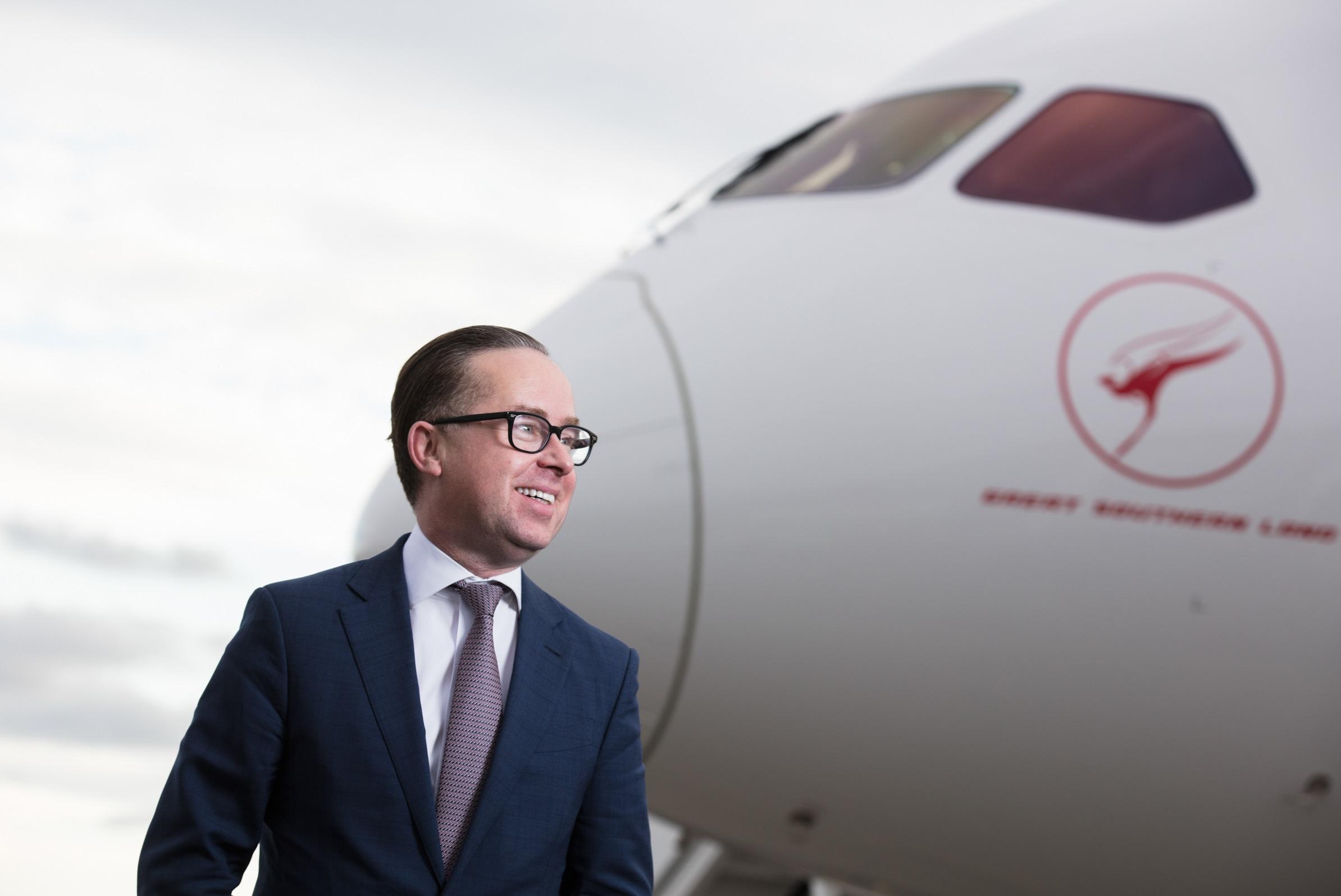
Australia’s flag carrier Qantas is to open routes from Brisbane to Chicago and San Francisco before the end of April 2020.
The new services will be operated by Boeing 787-9 Dreamliner aircraft and are expected to add more than 170,000 seats to the trans-Pacific market each year.
The announcement comes just weeks after the US Department of Transportation gave tentative approval to Qantas’ joint venture agreement with American Airlines, almost three years after a previous application was rejected.
Qantas intends to serve Chicago four times per week and San Francisco three times per week. The new routes will see a total of 14 weekly services between Brisbane and the US, including the daily 787 Brisbane to Los Angeles service that continues to New York.
“These new services will connect both Australian business travellers and holidaymakers with key centres of commerce, industry and culture in the United States,” said Qantas chief executive Alan Joyce (pictured).
Brisbane – Chicago
- The 14,326km flight will take approximately 16 hours 20 minutes
- When it launches, it is expected to be the fourth-longest passenger flight in the world
- It will be the second longest flight on the Qantas network, closely behind Qantas’ Perth-London service (14,499km)
Brisbane – San Francisco
- The 11,367km flight will take approximately 12 hours 40 minutes
- There will be 14 flights per week from Brisbane, Melbourne and Sydney to San Francisco
Queensland’s Premier Annastacia Palaszczuk said the new routes would pump more than $150m into the Queensland economy over the next three years.
“As the world’s largest economy, the United States offers enormous potential for inbound tourism to Queensland,” she said.
“The launch of flights to San Francisco, and for the first time in the Qantas network Chicago as a gateway to the Midwest and east coast, represents a great opportunity for Queensland, one that is forecast to support more than 1,700 jobs over the next three years.”
The joint application to the DoT by American and Qantas states that the venture would generate 180,000 new market passengers annually, stimulated by additional codesharing and new flights.
It added there would be $310m in annual consumer benefits, of which $221m comes from codeshare availability improvements and $89m from an 8 percent reduction in price per interline ticket.
In granting tentative approval, the DoT said the new capacity that the airlines propose to offer would “enhance competition”. However, that capacity is linked to the carriers’ ability to stimulate traffic behind the gateways, meaning that close commercial cooperation between the two is needed.
American and Qantas’ latest push for a joint venture represents the second attempt the carriers have sought to obtain antitrust immunity. In November 2016, the US government tentatively denied a request, saying there was “insufficient evidence” of the carriers’ ability to execute their proposed capacity plan.
The revised application made significant changes to the one submitted in 2015 and later withdrawn, including removing a provision that would have barred either carrier from codesharing with other airlines.
According to data from OAG Schedules Analyser, eight carriers currently serve the market between the US and Australia and New Zealand. Qantas has a 35 percent share of seats available, while its subsidiary Jetstar has a 5.5 percent share of the market. American’s capacity share is 4.1 percent.
Brisbane is currently connected to three points in North America. Qantas operates a ten weekly service to Los Angeles International, while Virgin Australia flies the route six times per week. Hawaiian Airlines has a three-weekly Honolulu service and Air Canada operates a six-weekly flight to Vancouver.
Following its success at the Routes Asia 2019 Marketing Awards, Brisbane Airport will go through to compete for the title of Overall Winner at the World Routes 2019 Marketing Awards, which will take place in Adelaide on the 23 September. Voting for the awards opens on 17 June 2019.
